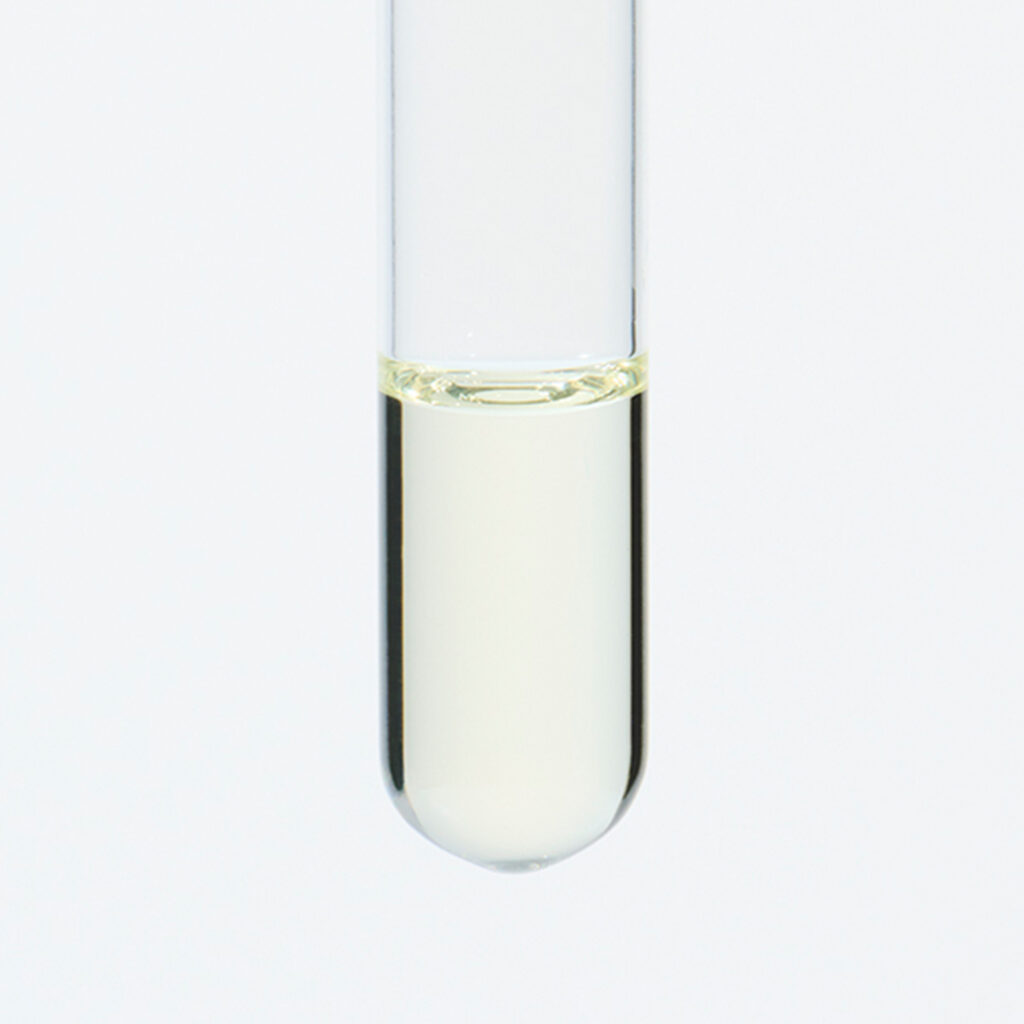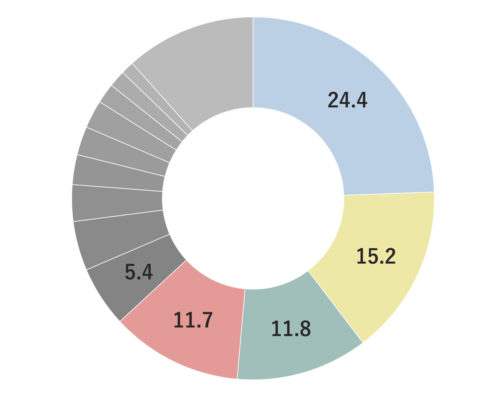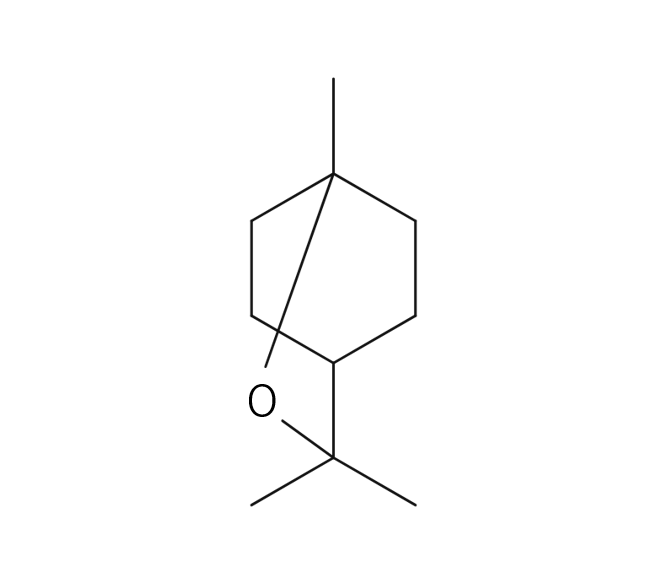About 1% of Shell Ginger's essential oil is extracted from its leaves through steam distillation, resulting in a light yellow to brownish hue. Its main constituents include p-cymene, limonene, α-pinene, and camphene. The aroma is crisp, refreshing, and deeply sweet with a calming undertone, evoking the sensation of being in a tropical country. Its sweet and somewhat deeply spicy scent pairs exceptionally well with aromas such as Cinnamon and Laurel, as well as sweet aromatic notes like Kuromoji, Geranium and Sweet Orange. Due to its relatively strong fragrance, it is advisable to add it gradually when blending to achieve a balanced scent.






